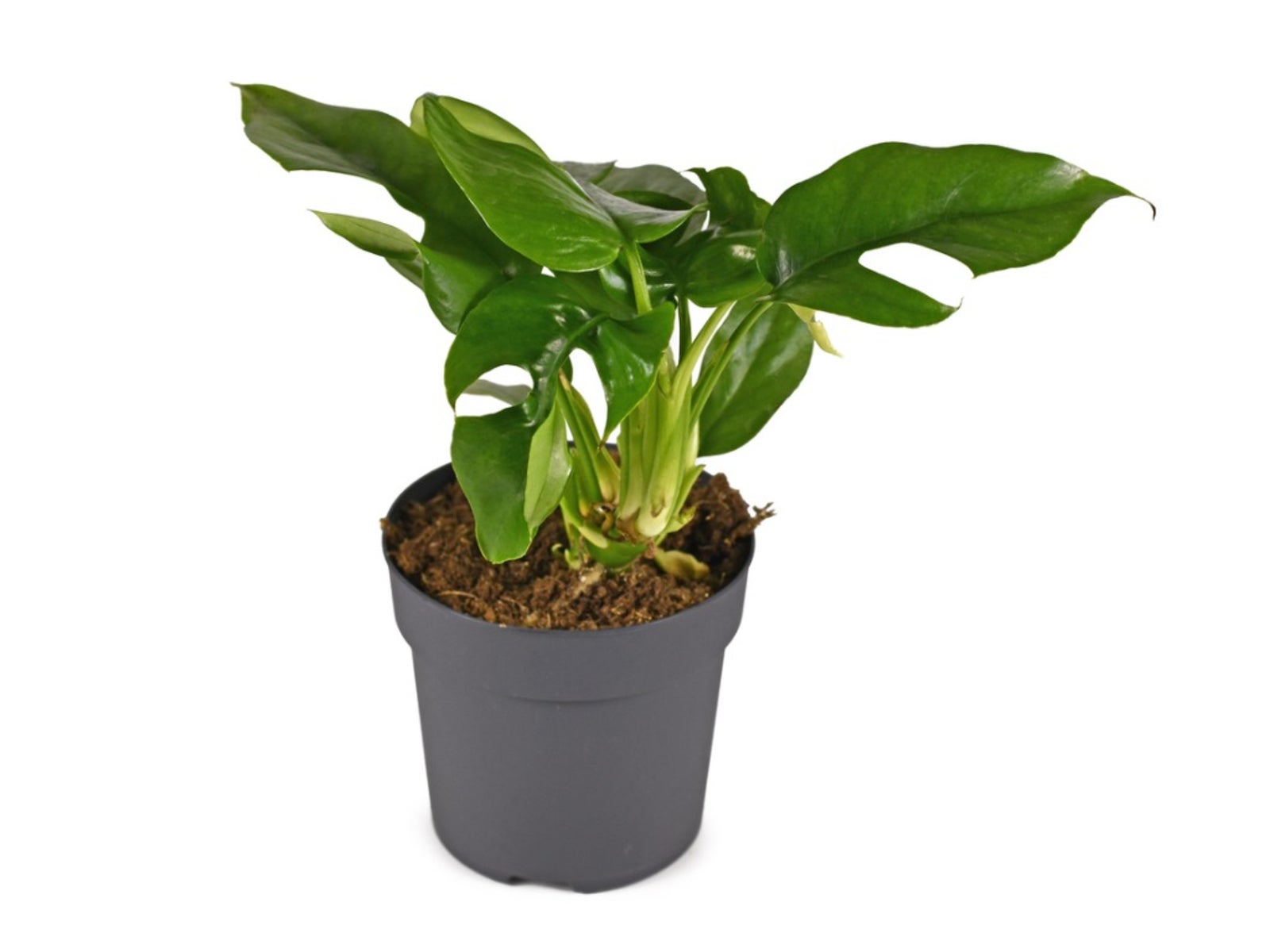What Is A Minima Plant – Echeveria Minima Information And Care


Succulent fans rejoice. The little Echeveria minima plants will have you hopping up and down with their absolute cuteness. What is a minima plant? This miniature of the genus is native to Mexico and has sweet rosettes and blush tinged leaves. Best of all, minima succulent care is so simple that even a novice gardener can succeed with ease.
Echeveria Minima Information
The wide variety of succulent forms, sizes, and colors ensures the group are a collector's dream. Echeveria minima plants are perfect either alone in containers or as part of a group of showy succulents. These plants are not cold hardy but growing Echeveria minima outdoors during the spring and summer will give your patio a desert feel. At just 3 to 5 inches (8-13 cm.) tall, these succulents fit into almost any garden scheme. They are hardy to United States Department of Agriculture zones 9 to 11 but make great houseplants. The chubby leaves of the rosette are bluish in color but become tipped with coral-pink in full sun. In spring they produce bell-shaped flowers held above the plant in hues of peach and orange. As the plants mature, they develop more tiny rosettes, culminating in a cluster of flowery form. Combine them with aloe, jade, hens and chicks, sedum, or even a paddle plant as a centerpiece.
Growing Echeveria Minima
Echeveria needs well-draining, slightly gritty soil. Overwatering is the kiss of death to these desert dwellers, which store moisture in their leaves. The smaller rosettes, or offsets, may be divided away from the parent plant. Allow the end to callus for several days before inserting the base into sand or cactus soil. Avoid watering the new rosette for a couple of weeks as it sends out roots. This succulent can grow in full sun but avoid the harshest rays such as those in a southern-facing window. Echeveria minima will even thrive in partial shade but flowering may suffer.
Minima Succulent Care
Water infrequently but deeply and halve irrigation in winter during the dormant period. Make sure containers have excellent drainage holes to prevent rot and root damage. Roots are shallow, so these plants perform well in shallow dishes which also help prevent soggy soil. Use cactus mixture or make your own out of half sand and half potting soil. Feed with diluted cactus fertilizer every two weeks during the growth period. Echeveria don't mind overcrowding but repot when rosettes are crowded and threaten to spill out of their container. Watch for soil gnats, mealybugs, and other pests and treat as necessary with horticultural soap.
Sign up for the Gardening Know How newsletter today and receive a free copy of our e-book "How to Grow Delicious Tomatoes".

Bonnie Grant is a professional landscaper with a Certification in Urban Gardening. She has been gardening and writing for 15 years. A former professional chef, she has a passion for edible landscaping.